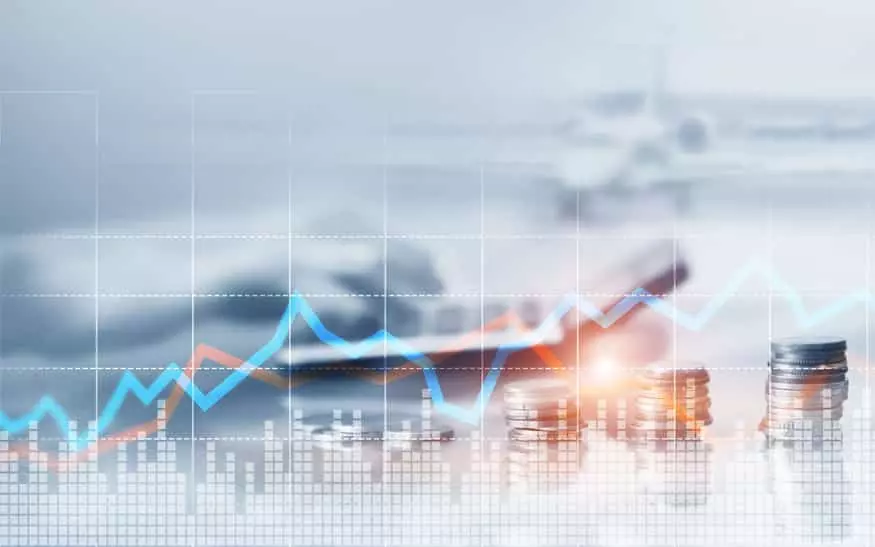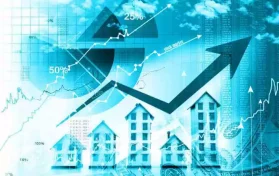
During the fourth quarter of 2021, the economy of the United States accelerated at a pace great than expected. This gave the country its best year in growth, economically, in four decades. That is, until the highly transmissible Omicron variant of the COVID-19 virus became a factor, straining an already struggling global supply chain and slowing consumer spending.
Gross domestic product grew by 6.9 percent between October and December 2021. According to to the Commerce Department, who commented on the data released on Thursday, this was the strongest quarterly growth in a year. Economists at Refinitiv had previously said they expected growth to be at 5.5 percent.
However, this may not be an accurate description of the economy. The Commerce Department calculates GDP on a quarter-over-quarter basis as if the growth of one quarter is sustained throughout the entire year. When there is a big swing up or down in GDP, the growth or decline may be greatly exaggerated.
Looking at quarterly data only, the GDP grew approximately 1.7 percent from the third quarter to the fourth quarter. When this is compared to the growth between the second and third quarter, which was 0.6 percent, this data reflects the reopening of businesses as well as Americans spending their savings after the delta variant of the COVID-19 surge of late summer and early fall.
The end-of-year growth during the last quarter of 2021 lent to GDP for the entire year to average out to 5.7 percent, compared to 2020. This is the most vigilant one-year growth since 1984. At that time, the economy grew by 7.2 percent, rebounding after a recession.
Although this is welcome news for economists, the economy is still expected to decelerate due to raging inflation, which is at a four-year high. Omicron is also expected to impede progress in economic growth as well. A substantial uptick in consumer prices over the past year has the Federal Reserve contemplating a number of policy changes which would hopefully cool inflation. Some of these changes include ending the bond buying program earlier than previously intended and raising interest rates as soon as March.
On Wednesday, Fed chair Jerome Powell held a press conference in which he inferred that interest rates will be raised multiple times during 2022. The intention of the Fed is to bring down or steady consumer prices. The past two years, the Fed has allowed for “ultra-easy monetary policies.”
In a World Economic Outlook released earlier this week, the International Monetary Fund said that it expects the U.S. economy will expand by four percent during 2022. This is actually down slight over a percentage point less than was predicted in October. The Labor Department reported this week that the current filings for unemployment benefits are as estimated. Unemployment claims have slowly begun to tick upward with the spread of the highly contagious Omicron variant of the coronavirus. At this time, it is still uncertain the overall and lasting effects of the variant on the American economy.
However, RSM chief economist Joe Brusuelas stated that Omicron had certainly took a toll on economic activity during the first quarter of 2022.





